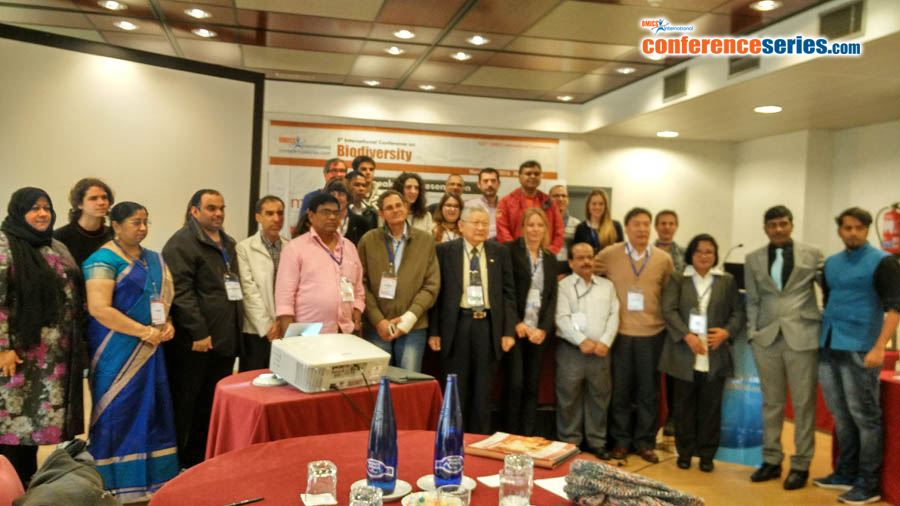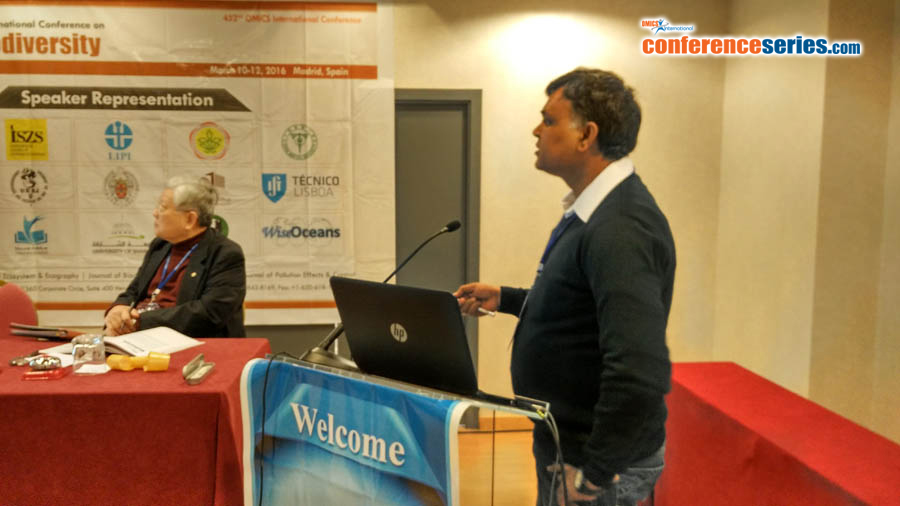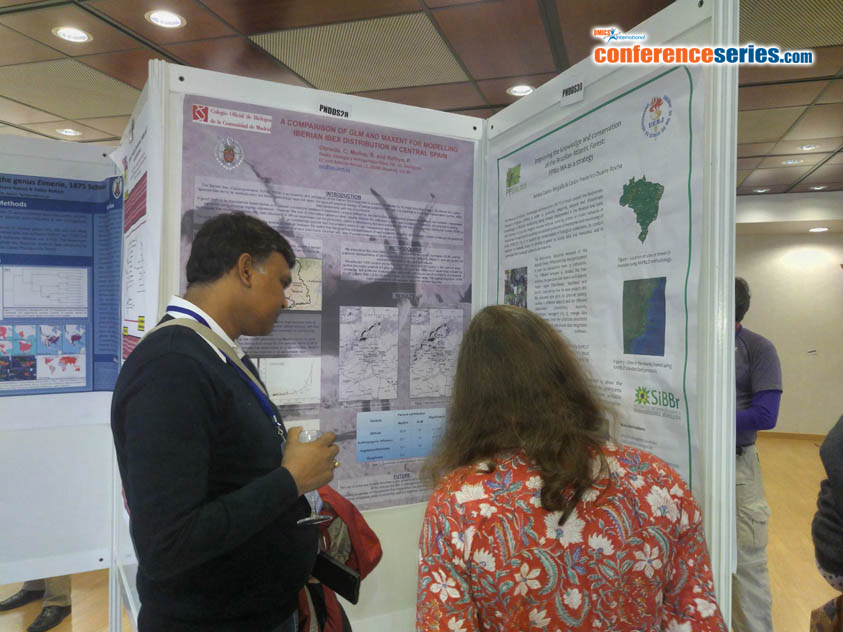
Anshumali
Indian School of Mines, India
Title: Biogeochemical alterations in Sal forest soils of Chhotanagpur Plateau, India
Biography
Biography: Anshumali
Abstract
Loss of plant diversity and poor regeneration potential are important ecological problems in the tropical deciduous forests (TDFs) across the globe. Many researchers have studied the structural complexities, regeneration pattern of native plant species, changes in diversity indices, fragmentation, patch formation etc., to understand the ecological consequences of forest degradation. In Southeast Asia, many researchers have studied the loss of mixed nature of plant communities in Sal forests due to the alterations in the nutrient dynamics, litter decomposition, loss of moistures, changes in phenology of native plant species, changes in microbial activities etc. The importance of macronutrients and micronutrients in plant growth and soil fertility are well known, however, these are poorly described soil components of TDFs in the world. In present study, the spatial and seasonal variations in biogeochemical parameters were studied in twenty forest soils collected from four Sal forest sites of Chhotanagpur Plateau in India. The pH of soil samples varied from 5.8 to 6.4 in winter, 4.3 to 5.4 in summer and 6.5 to 6.8 in the monsoon. Seasonal variations in C:N ratio showed lowering of C:N ratios in the monsoon. The elemental concentrations were found below the average earth crust values indicating shallow nature of forest soils. The species poor sites were deficient in Ca, Fe, Mg, Mn and P. These elements showed greater concentrations and less degree of spatial and temporal variations at species rich sites. In the Chhotanagpur TDF soils, least abundant element was phosphorus indicating the predominance of strongly weathered soils and contain low concentrations of extractable P.






